EFFECT Photonics is working on the Internet of the future
Photonic chips from EFFECT Photonics are faster and more energy-efficient than electronic chips. So they are a viable solution for our data centres that increasingly consume vast amounts of energy.
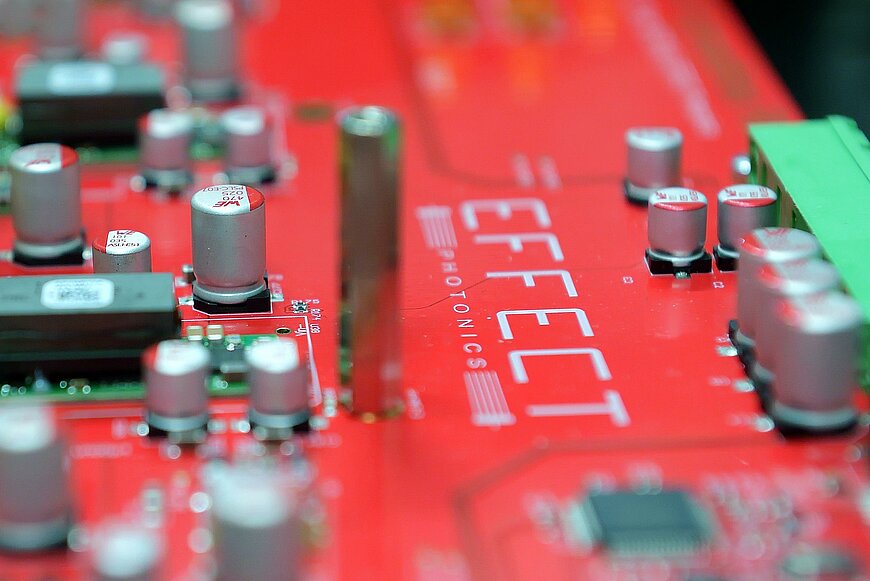
"This is the perfect time to take our product to market," says Joost Verberk, Director of PLM (Product Line Management) at EFFECT Photonics. “Not many people are aware of this, but the increasing demand for Netflix and YouTube, for example, requires a huge amount of energy. At present, all the data centres in the world account for four or five percent of the world’s total energy consumption. If we do not change our current technology, by 2030, we will need one hundred percent of the current total capacity just to keep the Internet running. That is not viable. Our technology is a solution because it offers a more energy-efficient way of satisfying that demand.
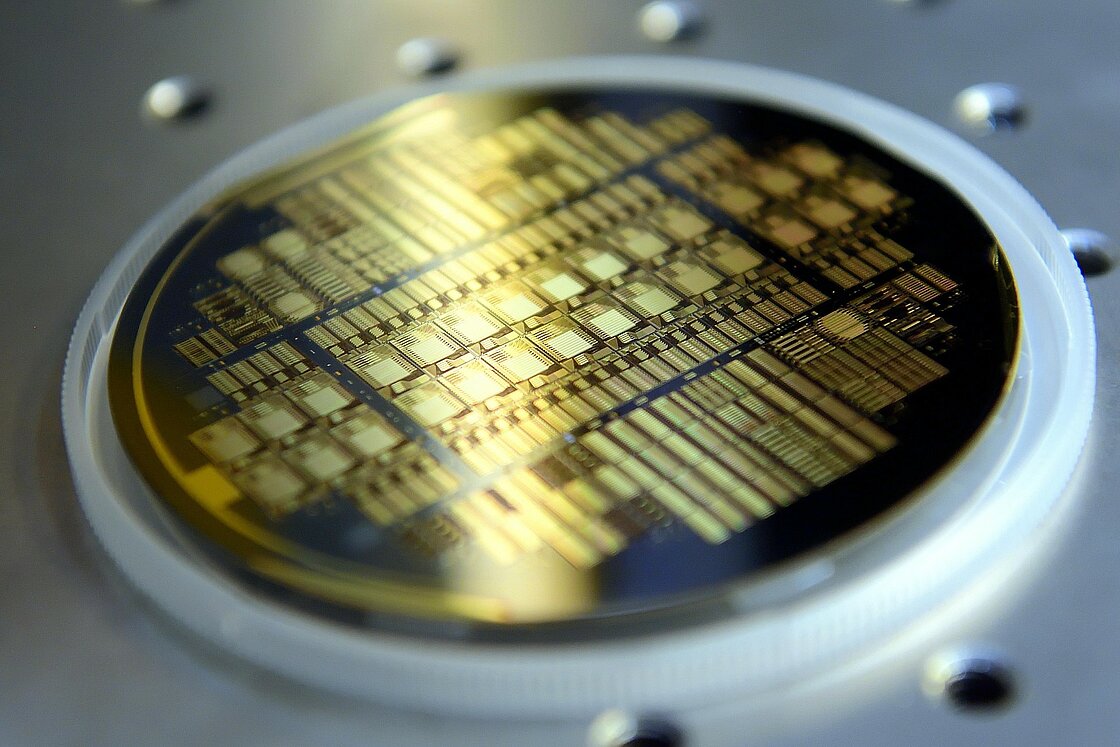
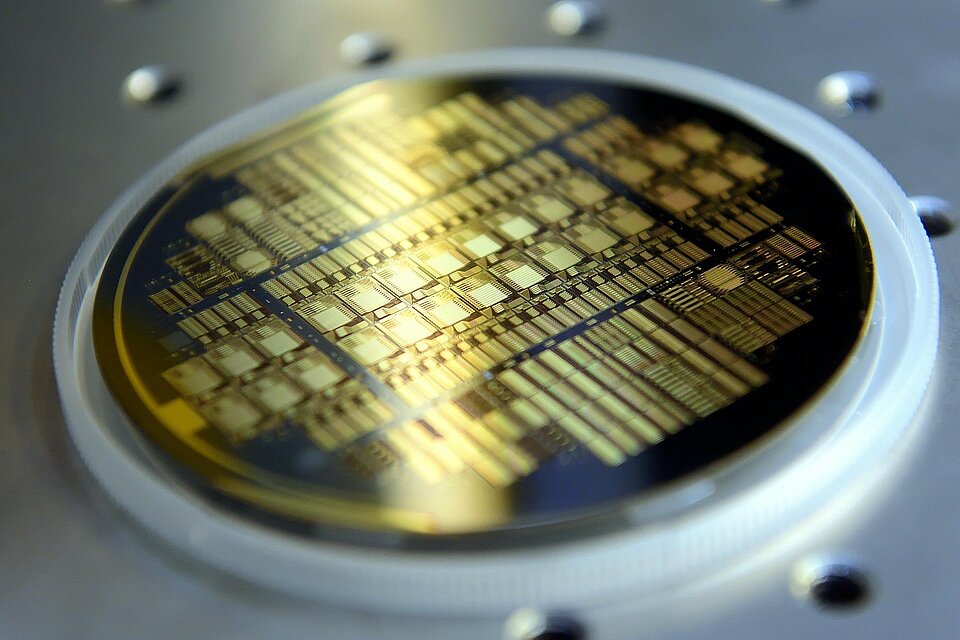
Self-driving cars and virtual reality
Verberk is the point of contact between customers and the technical team at EFFECT Photonics. He travels all over the world to identify trends in the market and find out what customers need. He visited the Mobile World Congress in Barcelona at the beginning of this year. “That is the place to go for information about the future of telecom for the coming six to twelve months. The buzzword was 5G. This technology is going to bring about extensive change and make many new applications possible. Such as self-driving cars and virtual reality applications. However, the network will have to be upgraded extensively to make this possible. Our products match this development perfectly.”
EFFECT Photonics makes so-called 'Photonic Integrated Circuits', integrated photonics on a chip, an essential component for creating the infrastructure that will make the 5G revolution possible, according to Verberk. “In the current technological set-up, a wireless signal goes from your phone to the telephone mast. It is converted to an electrical signal there and relayed via a reception and transmission box, a transceiver. That electrical signal travels down a copper wire to the data centre. The distance that an electrical signal of this type can travel via copper is relatively short. So other boxes, amplifiers, are required to transmit that signal across greater distances. This means that there are several other boxes out in the field, in addition to the telephone masts, which all require maintenance and which can all potentially cause faults. This is neither efficient nor a low-energy solution and certainly not adequate for the new 5G network.”
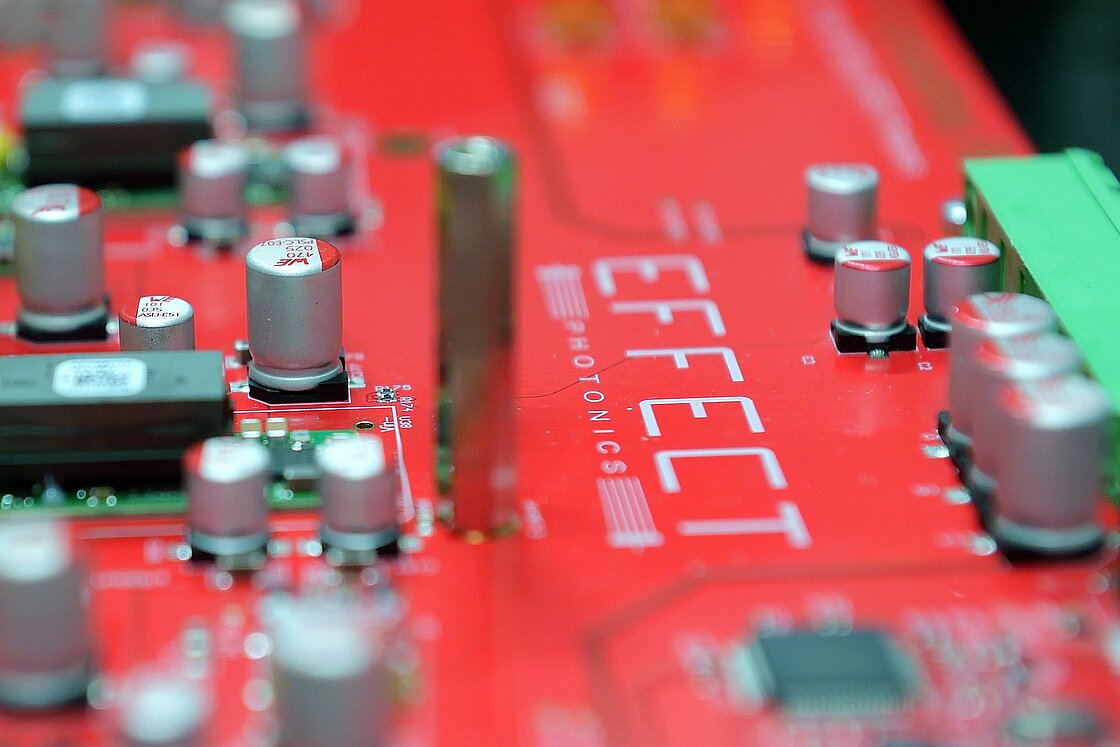
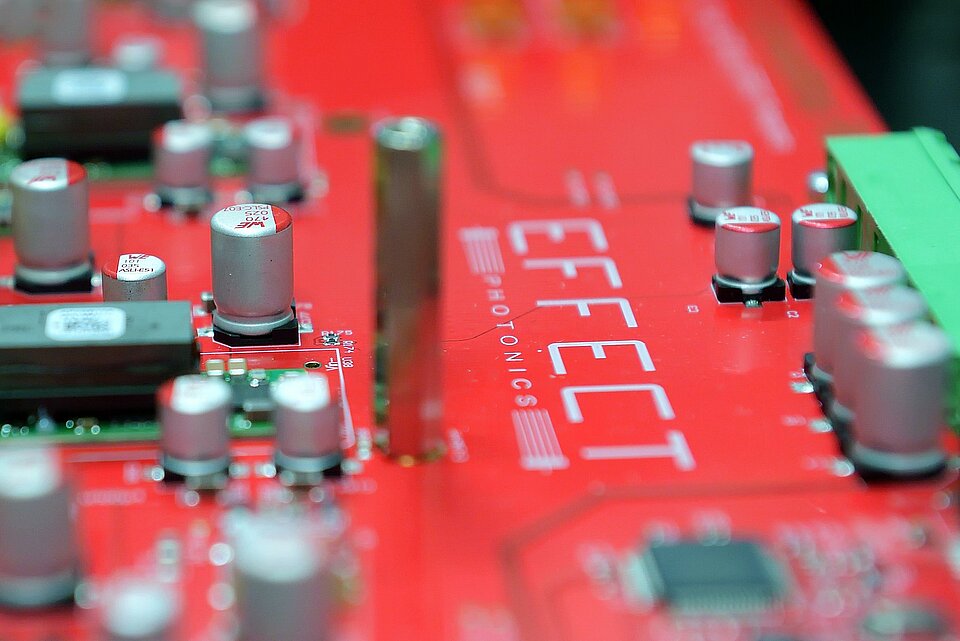
“During recent years, many of these copper cables have been converted to fibre-optic cables, which can transmit signals across greater distances without amplifiers. However, the electrical signal has to be converted to light to allow communication via a fibre-optic cable," explains Verberk. “Optical elements, such as lasers, mirrors, prisms and photodetectors, are required for this. Connecting these elements together is complicated and consequently very expensive. The degree of light loss is also high due to the use of separate elements. This is how our competitors work. We are the only company in the world capable of building all these individual elements on a chip, which we call the 'System-on-Chip'. We use indium phosphide as our base material. This technology allows us to manufacture at a lower cost and the product is more energy-efficient.”
“The system is difficult to describe in layman’s terms”, says Verberk, but he tries anyway. “It is a hugely complex technical product. Yes, it makes the Internet of the future possible, but explaining exactly why it's so good or why you should use it is still difficult.”
The customers of EFFECT Photonics do understand all the benefits though. “They know what we are talking about and are familiar with the technology and the material properties. They can see the potential of our base material.”
An immature market
“The fact that it is an immature market makes life difficult. We can’t produce this product on our own.” In other words, EFFECT Photonics needs partners to be successful. And money. Because hardware development is expensive, says Verberk. EFFECT Photonics held its first round of investment four years ago, and the company is now working on a second fund-raising initiative. “Bringing a product to market requires a staggering amount of money - tens of millions. Which means that you need long-term investors.”
Ensuring that the company’s investors understand the long-term nature of the activity is crucial. “They have to realise that they are investing in a hardware technology start-up. And that they can’t expect us to repay all their money next year.” The fact that CEO, James Regan, and the VP Sales & Marketing, Robert Hughes, came to the company from the telecom industry and had good contacts there helped EFFECT Photonics find investors during the first round.
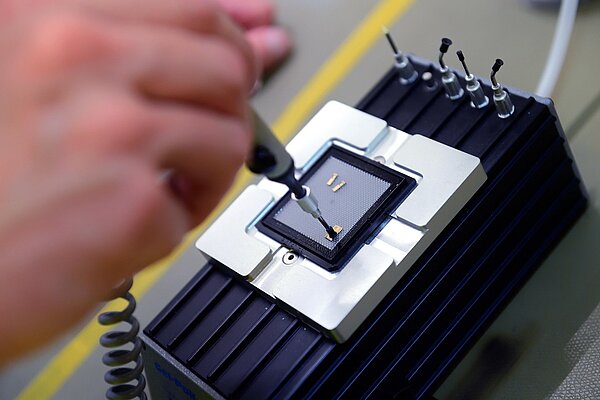
“If we do not change our current technology, by 2030, we will need one hundred percent of the current total capacity just to keep the Internet running.”
An R&D office on the Torenallee in Eindhoven
“The use of indium phosphide is completely new. We still need to carry out a great deal of research to test functionality.” That test programme takes time. In comparison, developing software is much easier. “When developing an app, you press ‘compile’ and you know whether it works a few minutes later. In our case, we only know whether our design works after six months.”
The R&D office is on the Torenallee in Eindhoven. “There is a separate 'test room', a kind of clean room, but you don't have to wear a coat as long as you don’t touch anything”. It is full of humming equipment and air conditioners. “These chips are packed with tiny building blocks such as very small lasers and photodiodes that combine light. We test all these building blocks. How much light is emitted by a laser and what power input is required? What happens if you make it a micron larger: does it produce more light with the same current input?”
Their real clean room is in Brixham in England where 25 people assemble the chips to create modules. The company in Eindhoven employs 40 people and 15 different nationalities. By the end of this year, the workforce is expected to grow to one hundred employees.
An international business
Last month, Verberk travelled to America, from America to China and finally back to the Netherlands. Next month, he plans to visit England and Italy. “It is a very international business.” Our customers are located all over the world.
Customers? How can the company have customers if the product is not yet available on the market? “They have received samples and have already placed orders. They are evaluating our product to see if there is a good fit with their systems. Whether it communicates correctly and whether it delivers the expected performance. The previous set of samples did not deliver adequate performance. We hope that the current run of samples will be the last one. If our customers approve the product, we can start producing volume orders.”
They managed to interest these customers through Robert Hughes and James Regan's good contacts within the industry. “And customers also find the price exciting. Because we can undercut our competitors’ prices significantly. Significant means up to 20% here because our assembly process is far less complex.”
These are short-term customers, as Verberk calls them. “Long-term customers, i.e. those who participate in our research programmes are mainly enthusiastic about the benefits offered by the raw material. They see great potential in terms of its energy efficiency and the outstanding performance characteristics. Our entry-level model is actually not particularly energy-efficient. And this material is capable of much higher speeds. We want to develop the product further so that we can compete on performance.”
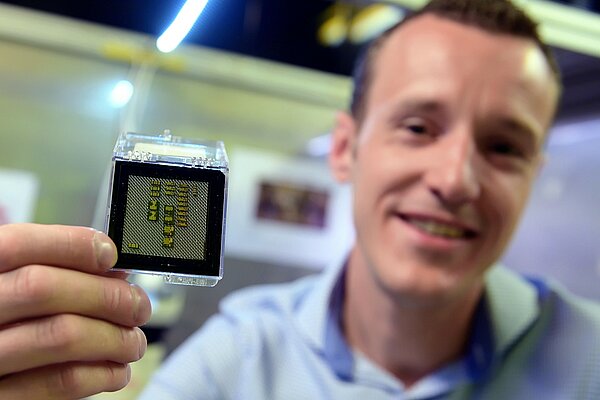
“People believe in the technology. This product is actually a means to an end.”
1 terabit per second
The first product from EFFECT Photonics transmits 10 gigabits per second. “The really large customers are already thinking in terms of 1 terabit per second. That's a hundred times faster. They are convinced that this is possible with indium phosphide integrated chips, so they want to collaborate with us in a research programme. They are so interested in the technology that they are actually paying us for a specific part of an applied research programme.”
"We have been working on this for seven years now and we are almost there. We expect to succeed this year. The company is doing well even though we do not yet have a marketable product. People believe in the technology. This product is actually a means to an end.”
SMART/EFFECT Photonics is a partner in the Dutch initiative called PhotonDelta. This public private initiative aims to grow an ecosystem of integrated photonics. Companies, knowledge institutions and governments combine efforts in the supply chain in order to grow the business, and thereby the number of companies and employees working in this industry.